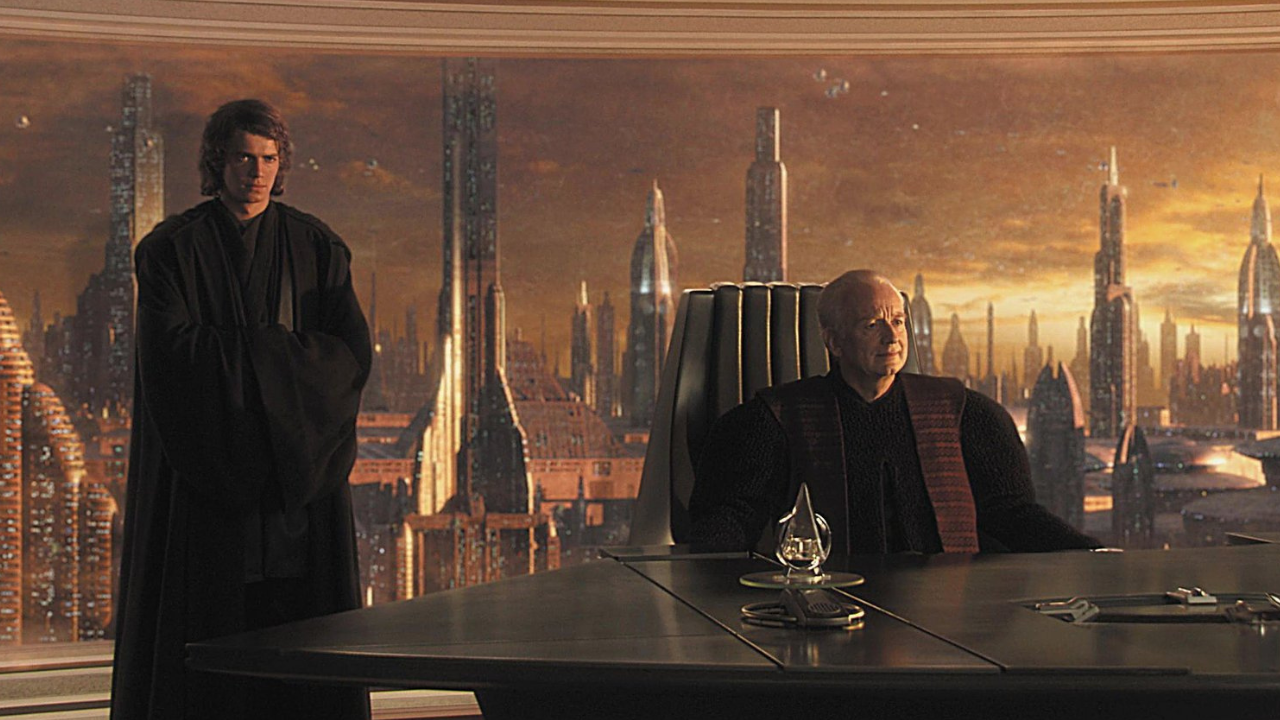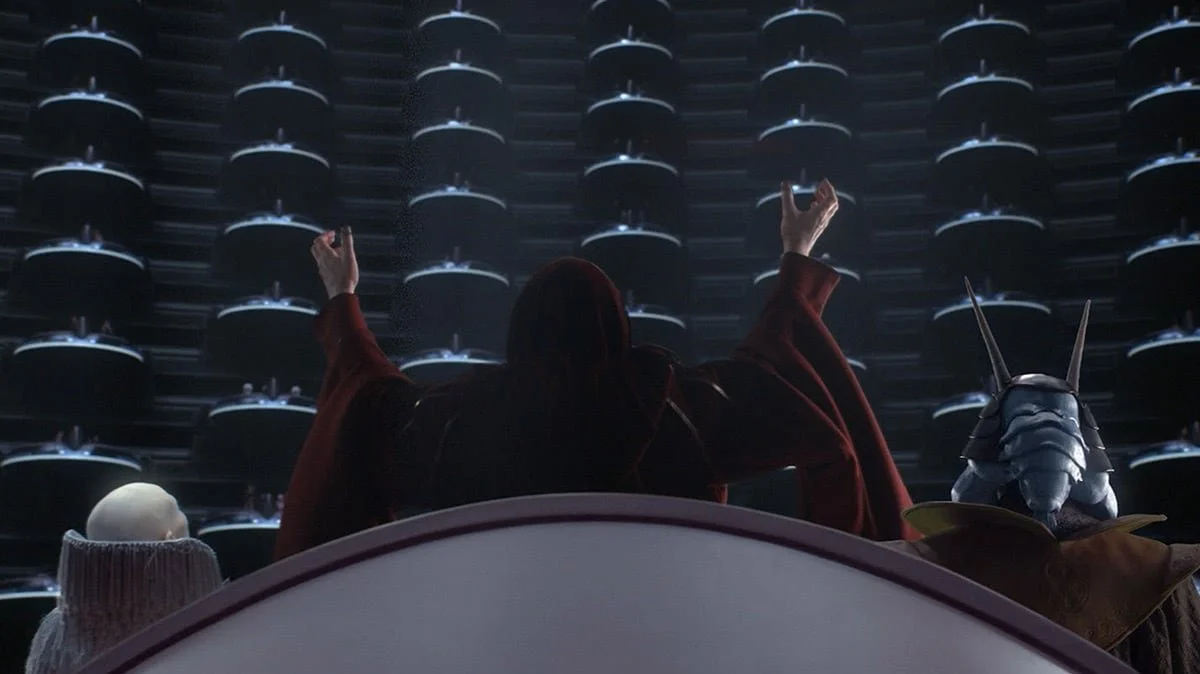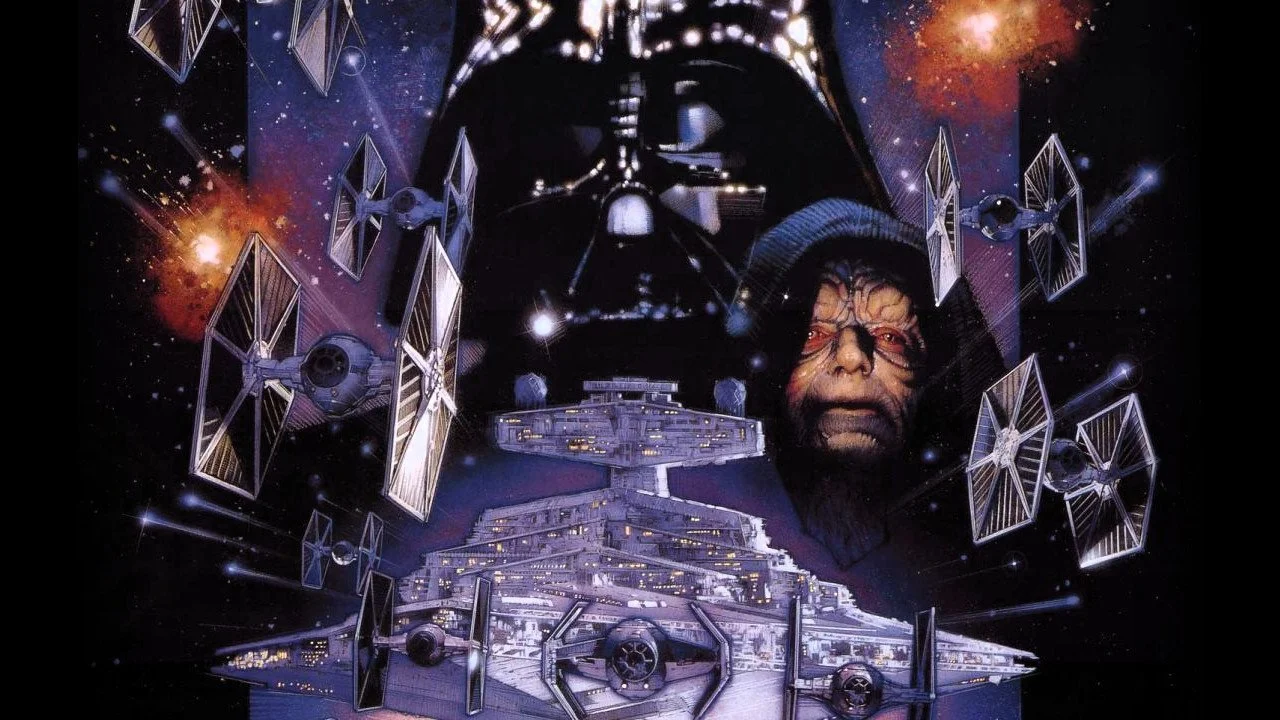How George Lucas Used The Prequels To Describe American Imperialism And Predict Its Future
Image Source: Wallpaper Abyss
To begin my argument on why the prequels deserve even more love than they already have, I need to clarify a few things. First of all, Star Wars has always been political and had an agenda. Since its creation in the late 1970s, George Lucas based the events from the original trilogy on the Vietnam War and U.S. domestic politics. This is highlighted by the trouble Nixon was facing during that period. Second, movies, in general, can represent more than what they are strictly showing, and we, the consumers of this product, have to notice the small details that are sometimes hidden - the “Easter eggs” from the real world. Finally, even though the prequels were created in the late 1990s, history did not stop, contrary to Francis Fukuyama’s prediction after the Cold War. Lots of things were happening during the time span that the 3 movies and the series premiered. Let’s break it down.
The overall plot of the prequel trilogy (Episodes I - III and the Clone Wars animated series) tells the story of the rise of Anakin Skywalker as a Jedi and his fall to the dark side. As Darth Vader rises alongside Palpatine and the newly-formed Galactic Empire, thousands of years of democracy collapsed. Not only did Palpatine proclaim himself emperor - just like Napoleon famously did in November of 1804 - but he was also able to manipulate both sides of the war in his favor.
RELATED:
Even though Star Wars is extremely entertaining when there are lightsaber battles, the more grounded aspect of it really shines. This is what Andor is going to be all about. The major event of the prequels was the Clone Wars, a military conflict between two superpowers (the Galactic Republic and the Confederacy of Independent Systems), not completely different than the U.S. and the Soviet Union. Each one of them tried to achieve hegemony through the use of consensus and coercion, or diplomacy and threats. There were neutral planets and/or systems. We can compare those to the countries that were part of the non-alignment movement of 1955.
The first overall episode of Clone Wars shows this really well. Master Yoda and a handful of clones from the Coruscant Guard were sent on a diplomatic mission to Rugosa to meet with the then-neutral Toydarian king. Their intention was to bring Toydaria into the Republic, creating a bigger sphere of influence (like the ones during the Cold War) for them. The CIS plan to ambush Yoda backfires, only making the king even more fond of the Republic and the Jedi. The Ryloth arc also mirrors how the U.S. government tried to maintain its control over Middle Eastern politics during the twentieth century. On Ryloth we can identify the importance of proxy war during battles; a good example of proxy war is what the U.S. did in Afghanistan during the late 1970s and the 1980s. By arming and supporting locals (in this case the freedom fighters who later became Al-Qaeda and the Taliban), the great power avoids altogether putting boots on the ground and the domestic issues that come with it. In Star Wars, the Republic had to ally itself with the radical Twi’lek Cham Syndulla (Rebels’ Hera’s father) and his rebel group to fight the CIS forces. Without their help, taking the capital city would’ve been considerably more difficult.
Image Source: StarWars.com
But the apex of the trilogy is Revenge Of The Sith. After Mace Windu is killed by Palpatine, the Sith master assumes his position as the true puppeteer of the Prequel’s events. During his speech in front of the whole Galactic Senate, he declares a transition from a republic to an empire. As he receives a standing ovation for ending the war and stopping a supposed coup d’état by the Jedi, Padmé says something perfect: “This is how liberty dies, with thunderous applause.” This can be interpreted by current world politics. The number of fascist leaders has grown considerably since the 2000s. Many commentators feel figures like Jair Bolsonaro (Brazil), Donald Trump (USA), and Narendra Modi (India) have gathered millions of supporters in their respective countries. They were able to be elected as presidents/prime ministers by democratic means, only to threaten it in power. Sounds familiar, huh? Palpatine emerged from nowhere, removed Vallorum from the chancellor position, got himself elected, and completely destroyed it.
The prequels are rich in content for us to analyze. The examples given previously are just some of the many available during the period chosen by Lucas and the show’s writers. Nothing is created spontaneously. George Lucas was able to create a whole new universe with a diverse set of species and planets, but they will always be a reflection of our reality and our history. They depict how our societies are structured, and give us a glimpse at the ones at the top of the social pyramid. Star Wars fans, embrace what we have. Think critically of the world around us. The clues are there; we just have to pay attention to them.
READ NEXT:
Source(s): IMDb, Washington Post




